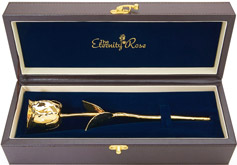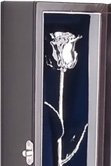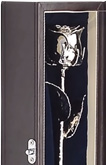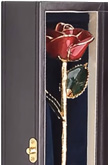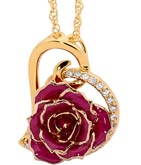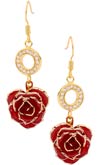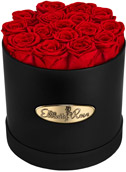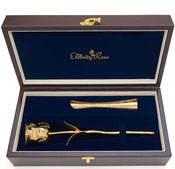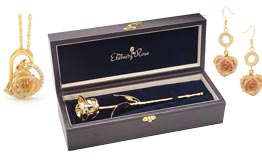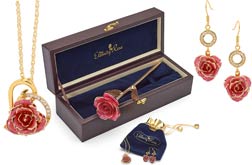How chocolate became a popular gift for Valentine's day
If you're considering chocolate as a gift for Valentine's Day, you might be curious about the history of Valentine's Day Chocolate. Keep reading to discover more!
Chocolate— the iconic Valentine's Day offering. When you present your beloved with a bouquet of red roses alongside a box of Valentine's Day chocolate, it's a clear expression of affection.
The tradition of exchanging gifts on Valentine's Day dates back to the late 1300s, when Geoffrey Chaucer romanticized the ancient holiday in a poem.
But when did chocolate become intertwined with Valentine's Day, and why does it harmonize so well with romance?
Many traditions evolve over centuries, often appearing quite different from their original forms. Join us as we explore the journey of Valentine's Day chocolate through history.
The Mayans and Aztecs
Despite misconceptions, ancient civilizations such as the Mayans and Aztecs were remarkably advanced. The Mayans particularly appreciated drinking chocolate, blending cacao paste with cornmeal, chilies, and water. Though not a modern delicacy, they held it in high regard, even incorporating it into wedding ceremonies. The Aztecs, influenced by their neighbors, also embraced chocolate, with legend suggesting its consumption as an aphrodisiac by Aztec ruler Montezuma II.
The Spanish Explorers
Chocolate made its introduction to the "civilized" world when Spanish explorers brought it from Central America in the 16th century. They modified the recipe, substituting chilies and cornmeal with cinnamon and cane sugar, making it closer to the chocolate we know today. However, its scarcity made it a luxury enjoyed only by the wealthy.
The Victorian Age
By the 1800s, sugar became more accessible, and chocolate grew in popularity. Richard Cadbury, a prominent chocolatier, developed a process for creating "eating chocolate" from cocoa butter, leading to the production of chocolate candies. Capitalizing on Valentine's Day's gift-giving tradition, Cadbury introduced heart-shaped boxes for his chocolates, adorned with romantic symbols like cupids and rosebuds.
Coming to America
Valentine's Day chocolates gained momentum in America in the late 19th and early 20th centuries. Milton Hershey coated his caramel candies with chocolate in 1894, while the iconic Hershey's Kiss was introduced in 1907. Russell Stover emerged as a leading brand, offering affordable boxed chocolates, including the popular "Secret Lace Heart" for Valentine's Day.
A Perfect Pairing
Today, the exchange of Valentine's Day chocolate remains a cherished tradition worldwide, alongside the symbolic red roses. As you select gifts for your loved one this year, you'll appreciate the historical significance behind these timeless expressions of love.
While roses and chocolates may not last forever, consider exploring alternatives like the Red Glazed Eternity Rose for a gift as enduring as your love.









